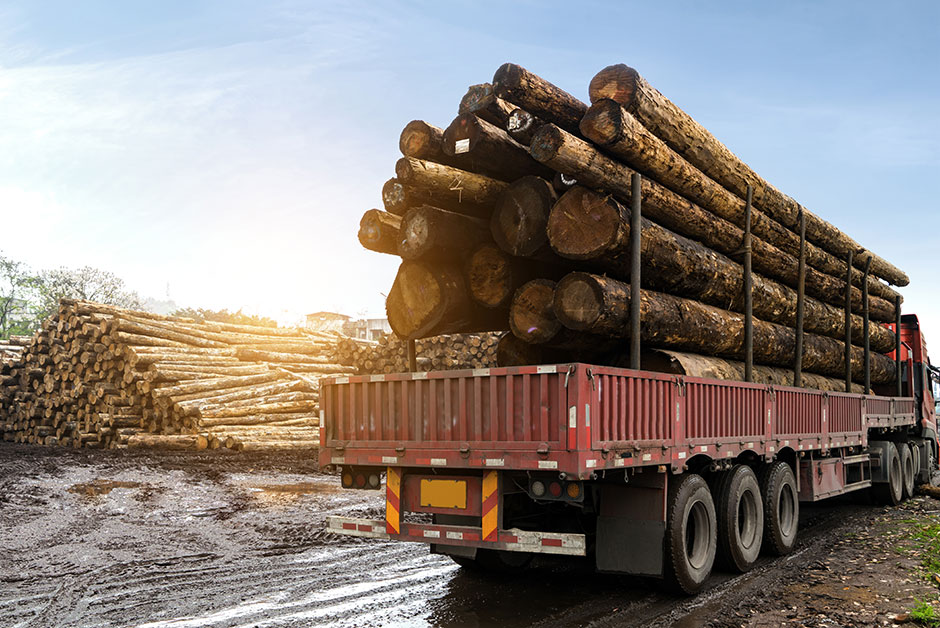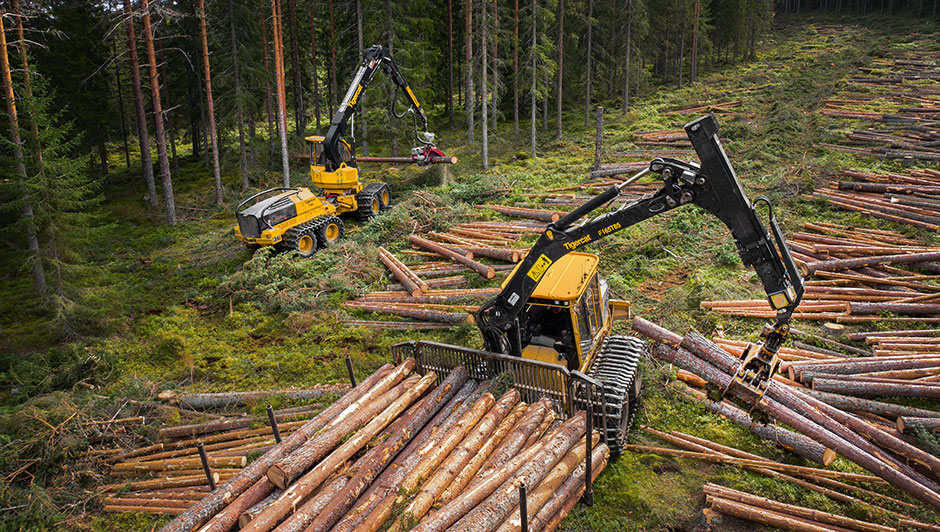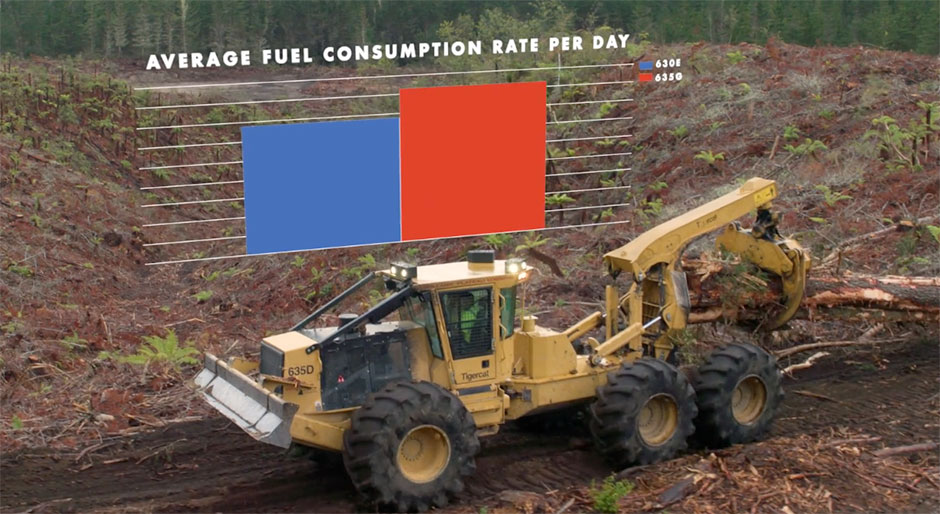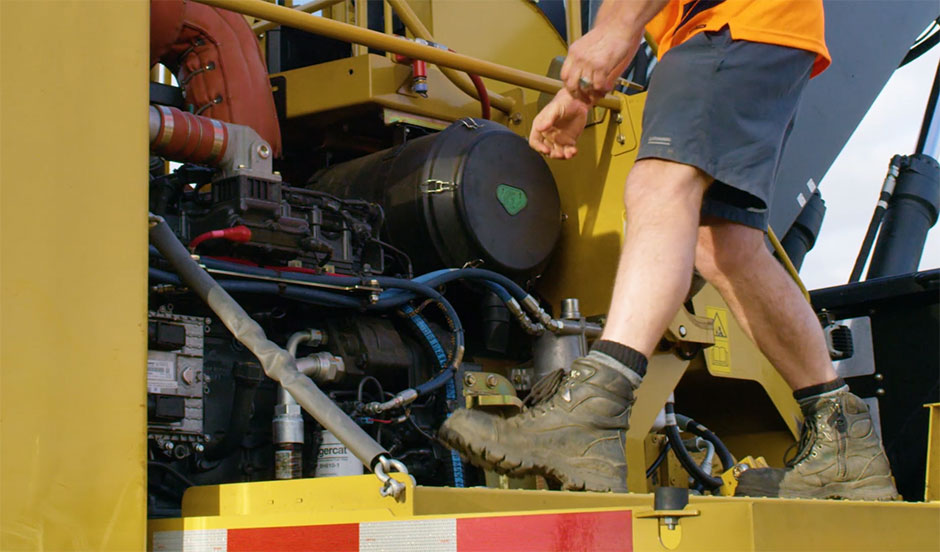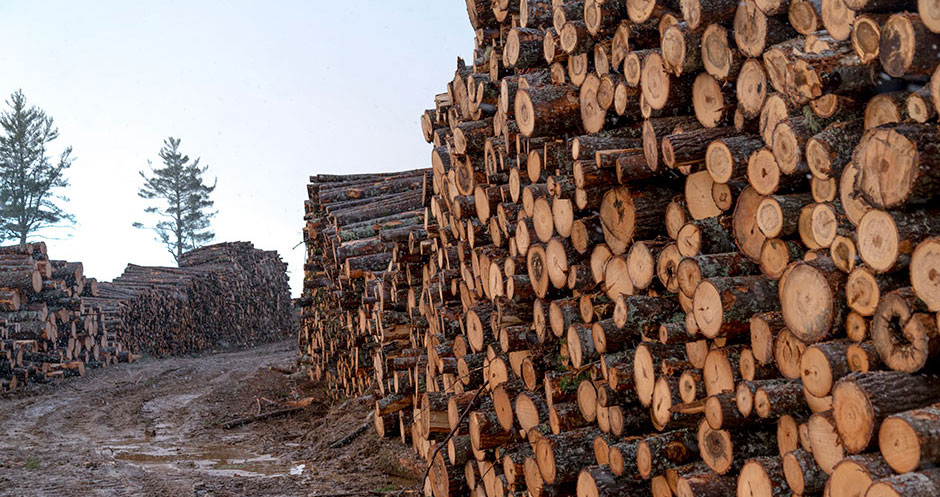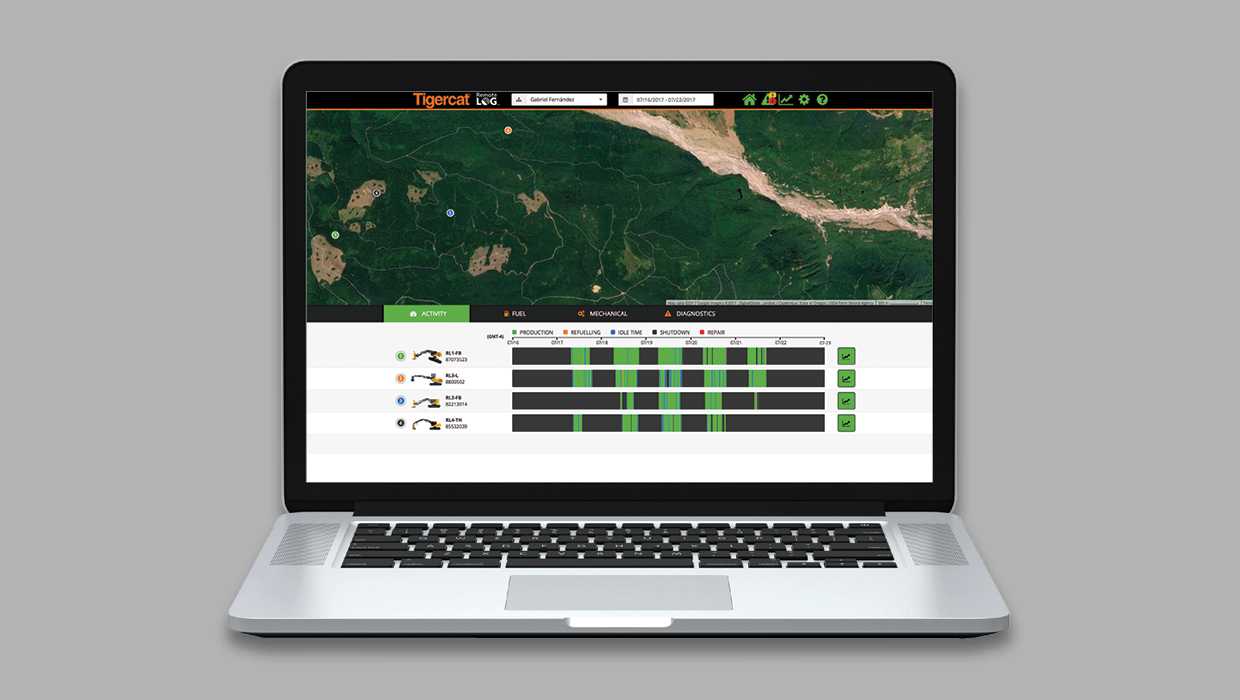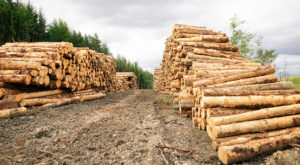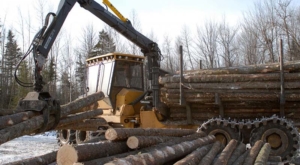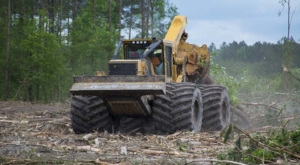Cost per Tonne: A White Paper
Cost per tonne analysis is an invaluable process that will improve the efficiency of your operation and your bottom line.
Cost per tonne = Total Cost ($) ÷ Total Production (tonne)
Unfortunately, the process leading up to plugging numbers into this simple formula can be complex and daunting. So how do you figure out what your costs and production really are?
Total production should not be difficult to figure out because harvesting contractors are paid based on some type of volume measurement. The unit of measurement might be tons, tonnes, cords, truckloads, cubic feet or cubic metres. Here, we are use the unit tonne to represent a measure of production.
Determining the production for a particular piece of equipment or logging system can be more complex. Telematics may help in some cases to provide very accurate production volume but is currently limited to a small of Tigercat products.
If you run two feller bunchers on the same operation, it may not be easy to determine the share of total production that each machines contributes. In this case, it is necessary to watch the machines. Count how many units of volume each machine produces over a day, or better yet, a week or a month. Then divide by the total number of hours the machine actually worked. You will then have a good idea of what your production per working hour is. The longer the sample period, the more accurate your estimate will be.
If your machine operator is running an eight hour shift and you are keeping careful track of the number of actual productive machine hours per shift, you will very likely notice that it is some percentage of eight hours. It is instructive to figure exactly where the downtime is coming from. Employee breaks, daily maintenance and mechanical breakdown all contribute to machine downtime. This analysis is called machine availability and utilization. Tigercat telematics will be very helpful in making this determination because several machine states are tracked, including productive time is, idle time and maintenance time.
Once you have determined how much a machine or a harvesting system is producing per hour, it is time to assign a cost per hour to that given machine or system. Good record keeping will make this process easier.
There are many variables to consider when determining the cost per hour for your forestry machine. Most of these variables fall under ownership costs, operating costs, and machine availability and utilization categories.
These are the costs associated with and derived from owning the machine. Ownership costs are also known as fixed costs. Factors used in determining fixed costs include:
- Purchase price
- Residual value
- Finance period
- Interest rate
- Ownership period
- Licensing fees
- Insurance
The longer the productive life of a machine the better. By keeping your machine maintenance up-to-date and following Tigercat service recommendations, you are able to spread many of your fixed costs over more hours – reducing fixed cost per hour.
These are the costs directly incurred by running the machine and are also known as variable costs. Variable costs include:
- Operator labour
- Filters
- Fluids
- Replacement parts
- Maintenance labour
- Fuel consumption
Machine availability and utilization
This is not a cost but must be defined in order to break down all of the above costs per hour.
- Scheduled shift length
- Shifts per day
- Work days per year
- Machine availability
Why is cost per tonne important?
While many of the values will have to be estimated, calculating your cost per tonne is a great way to compare machines. This model is often used to compare different brands of machines to one another in order to make a purchase decision. However, cost per tonne can be used to help decide between a track or wheel feller buncher for a given application. The analysis may be used to decide between a full-tree or CTL system.
Cost per ton calculations are used for two main purposes: looking forward, and looking back.
Looking forward cost per tonne analysis is the best method for evaluating a new machine purchase. Buying the cheapest machine and hoping it works likely ranks among the worst methods.
By looking forward, you can work with your equipment suppliers to plug in the production numbers and costs to evaluate new machine purchases.
Like factories, mechanized logging operations must run continually, on schedule and with minimal downtime. Successful industrial manufacturers conduct some type of cost versus production program, often in real time, in an effort to improve efficiency and reduce costs.
The paper and sawmills have been doing the same thing. In fact, they analyze your operations for you in order to determine your rate. The problem is the model they use may or may not take into account all of the elements that impact your bottom line. Until you have a full understanding of what your costs are and can present them in an organized and clear fashion, you can never hope to negotiate a better rate.
In looking back, you take a fixed period of time such as the previous year, plug in the numbers and figure out what it cost you to deliver a measure of wood to the mill. By making all your costs transparent, this exercise will allow you to determine different strategies for lowering your costs, possible by replacing obsolete or troublesome equipment or by modifying your processes.
Tigercat has made available to its dealers a series of spreadsheet based costing models to help loggers evaluate the cost per ton of their operations. These models are easy to use and provide the contractor with a solid foundation for learning about how to evaluate current operations and new machine purchases.
By thinking beyond initial purchase price, or monthly payment, you have the potential to save substantially down the road.

